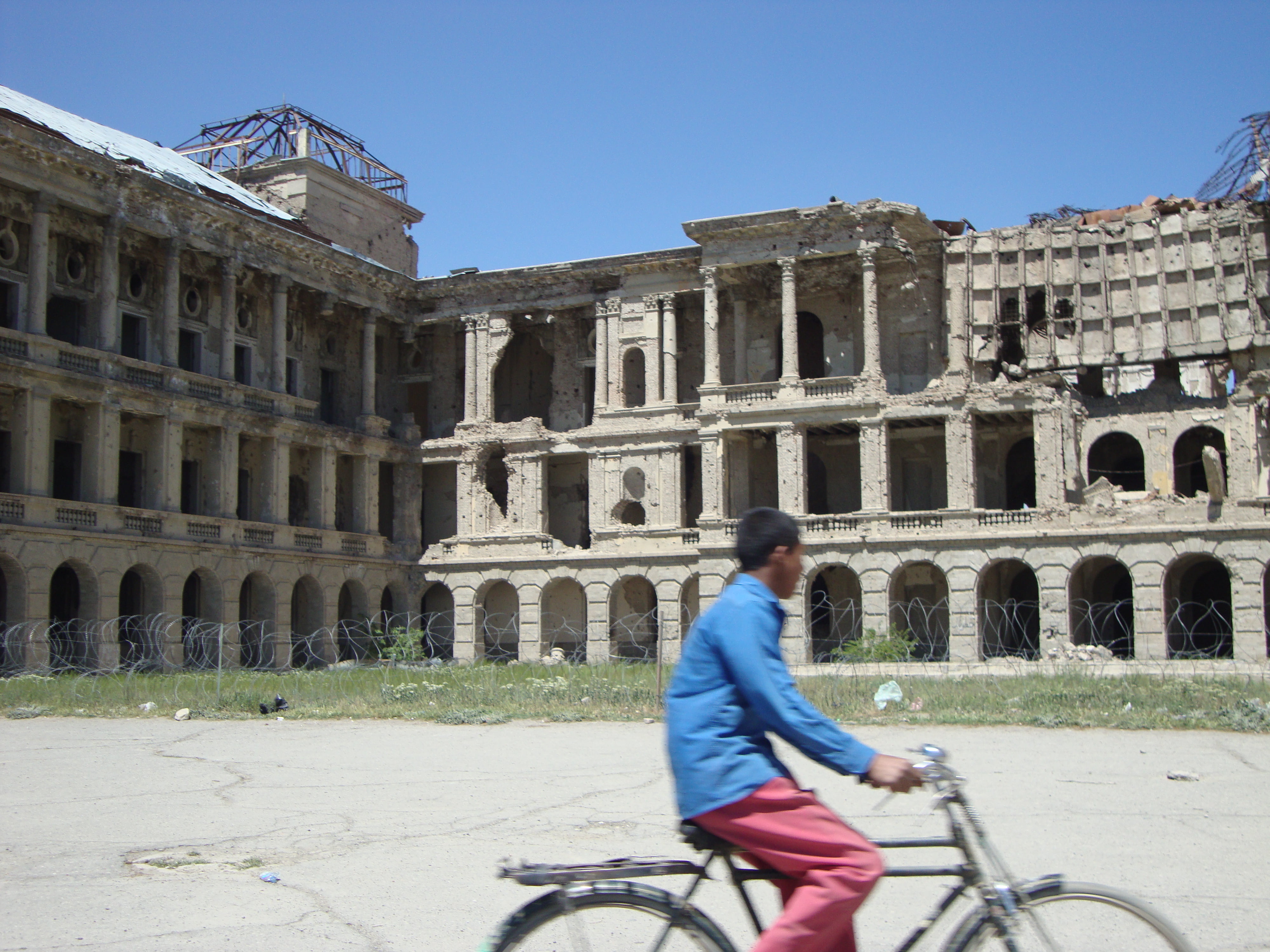In October of 2010, I wrote about the perils of conflict mapping in Afghanistan. Back then, I hoped that the Afghanistan Independent Human Rights Commission’s six-year research and documentation project would initiate a long overdue national discussion about transitional justice. For four years, dozens of Afghan researchers had traversed the country interviewing thousands of witnesses and survivors in isolated villages and big cities, documenting evidence, and identifying 180 mass graves. It was painstaking, emotionally and physically punishing work.
I had hoped that the commission’s final report, which several of my close friends worked on, would finally force the international community to re-examine its unwritten policy of ignoring the human rights records of its Afghan political and military counterparts. That approach had created an environment in which known human rights abusers were routinely praised and promoted, to the dismay of civil society. It dogged efforts to bolster the legitimacy of the fragile Afghan state and rendered attempts to reform the political system futile. Old powerbrokers entrenched themselves at every level of government and alienated the public by using the vast resources at their disposal to harass their rivals. The conflict mapping report couldn’t come soon enough.
Fast forward to the end of last year. The report, rumored to be massive and unsparing, was ready for publication. All too predictably, the Afghan Government blocked its release and refused to re-confirm the sitting commissioners most intimately involved in the conflict mapping project, effectively removing them from the country’s top human rights body. One friend of mine involved in the project received such serious threats at that time that he needed a private security detail to protect his family.
Yesterday, the New York Times published an article about the suppressed conflict mapping report. According to the piece, the report runs 800 pages and the list of 500 individuals it mentions as responsible mass atrocities reads like “a sort of who’s who of power players in Afghanistan: former and current warlords or officials, some now in very prominent positions in the national government, as well as in insurgent factions fighting it.” In other words, the same men who threaten to plunge Afghanistan into deeper, more factional violence after the departure of foreign troops at the end of 2014.
Disappointingly, American officials agree with the Afghan Government’s decision to suppress the report.
“I have to tell you frankly on the mapping thing, when I first learned about it, it scared me,” said a senior American official, speaking on condition of anonymity as a matter of embassy policy. “There will be a time for it, but I’m not persuaded this is the time.”
I disagree. Now is the time to release the report, while civil society organizations and progressive media outlets, many of which will fall victim to aid cuts over the next few years, are still strong enough to lead meaningful discussions about its contents.
Would the report have a destabilizing effect on Afghan politics? Potentially, in the short term, but that’s not necessarily a bad thing. Releasing the report would put pressure on the government and its international backers to marginalize the worst offenders and make room for new faces and ideas in the political arena. It could have a tangible, positive effect on preparations for upcoming national elections.
Moreover, instead of sowing hatred, the report could actually support grassroots reconciliation between ethnic groups in the country. Every adult Afghan can give horrific accounts of how his or her community suffered during Afghanistan’s decades of war, but understanding of the conflict is very localized. Afghans generally have no idea how others, in different parts of the country, fared during the worst periods of violence. Their leaders have used that to their advantage, exploiting public ignorance to fuel inter-ethnic and political resentment.
But there’s hope where there’s will to examine the past in a more humane manner. When I helped civil society organizations hold a national gathering of civilian war victim activists in 2010, I saw participants from every segment of Afghanistan’s diverse and fractured population weep as they realized just how much trauma and loss they shared. I watched as widows from Kandahar, and Herat, and Bamiyan, and Kabul and Mazar-i-Sharif embraced, wiped each other’s tears with their scarves, and stroked each other’s trembling hands.That outpouring of emotion and the feeling of solidarity in the conference hall gave me a rare jolt of hope for Afghanistan’s future.
If handled properly, the conflict mapping report could achieve that effect on a much grander scale. The United States should support its release.
